This was the first time I was hearing of blended oils. The packet claimed that it’s an olive oil and then when I looked closely, it read blended oil. In another case, the photo on the oil bottle shows peanuts and it says peanut oil, and then in a small font in a corner it says that it has sunflower oil too. It’s all becoming utterly confusing and with newer oils slipping onto grocery shelves, how on earth does one decide what to pick up.
In India, since time immemorial, the oil you use in your kitchen is largely dependent on where you come from. In Kerala, it’s coconut oil, in Andhra and Rajasthan, it’s sesame oil, in the east and north they use mustard oil and in central India and Gujarat groundnut oil is used. Different cultures eat differently and the type of oil fits beautifully into the food landscape of that region.
But all that changed in the 80’s with the scare of cholesterol and heart disease. Overnight ghee got a bad name and we were told that we should avoid transfats and sunflower oil became popular. That was in the 90’s.But today it’s an altogether different story. You have new types of oil spilling across the grocery shelves from around the world and each new bottle label brings with it a new health hope.
[wp_ad_camp_1]
One of the most important thing to keep in mind is – that oil behaves differently when heated, it changes texture, color, taste as well as it’s nutritional properties. When the oil reaches its smoking point, a lot of the nutrients are destroyed and it can sometimes potentially form harmful compounds. Also, different oils have varying amounts of fats – Polyunsaturated, Monounsaturated and Saturated fats.
When I asked India’s leading nutritionist, Dr. Shikha Sharma how much oil should we consume, she said that the total quantity of oil consumption should not cross 2 teaspoons per person per day. That’s as far as quantity goes, but what about the quality. Here’s a look at various oils and why they are not created equal.
Sunflower Oil
The oil extracted from the seeds of sunflowers is known as sunflower oil. It has a high quantity of vitamin E, which makes it excellent for being used in and cosmetic products. Sunflower oil is a mixture of monounsaturated (MUFA) and polyunsaturated (PUFA) fatty acids. It has a high smoking point, which means that sunflower oil holds onto its nutritional content at higher temperatures, which is probably why this oil is widely used in deep rying chips, samosas and vegetables.
People with diabetes may need to be careful about sunflower oil as it may lead to the possibility of increasing sugar levels.
Coconut Oil
This oil is full of saturated fat. Studies suggest that diets high in coconut oil do raise total blood cholesterol and LDL cholesterol. Coconut oil also seems to raise HDL (good) cholesterol and it has the advantage that it behaves very well at high temperatures
Groundnut Oil
Groundnut oil or peanut oil is got a good combination of fats, and has the good monounsaturated and polyunsaturated fats and is low in bad saturated fats. It’s a good all-purpose oil for cooking and I think it works particularly well for Asian foods that are prepared in the wok.
Mustard Oil
Has a near ideal fat composition but not very good as it contains high amounts of erucic acid ranging from 35 to 48%. It is recommended that you don’t use mustard oil as the sole cooking medium. It has a high smoking point so it’s very good for deep frying.
Canola Oil
A recent entrant into the Indian market, Canola is flying off the shelves. Canola oil, which is made from the crushed seeds of the canola plant (a slight variant of rapeseed), is said to be amongst the healthiest of cooking oils. It has the lowest saturated fat content of any oil. It’s seen as a healthy alternative as its rich in monounsaturated fats and is high in Omega 3 and Omega ^ fats. It has a medium smoking point and is an oil that works well for fries, baking, sautéing etc. I use it liberally in Indian food, which it seems to embrace quite well.
Olive Oil
If you use Olive oil regularly, you are consuming monounsaturated fats that will help you lower your risk of heart disease and breast cancer, and that’s possibly because of its high monounsaturated fat content, which lowers cholesterol. I find olive oil brilliant for any Mediterranean dish, brilliant with pastas and risottos, and it’s my top pick for breakfasts, works like a dream with eggs, pancakes, you name it.
Extra Virgin Olive Oil
This oil is a hot favorite, it’s derived from the first pressing of olives and if full of antioxidants as well as polyphenyls, that are both considered good for heart health. It’s a darker color and has less acidity than olive oil. I use it largely in salads, cold dishes and over pastas.
Rice Bran Oil
A fairly new kid on the block and a fast rising favourite amongst the manufacturers, rice bran oil is made from the outer layer (bran) of the grain of rice. Health experts claim that it’s the healthiest oil on the planet. While I cannot vouch for that, I do know that while trying it out on my food show series, called Guilt Free, the taste did not clash with Indian food and it worked pretty well in cookies and cakes.
Apparently, rice bran oil has a chemical called oryzanol which is good for your cholesterol. It is high in monounsaturated fats and has a fair amount of polyunsaturated fats too, both the good type of fats. Since it has a high smoking point, it works well for deep frying chips and all.
Avocado Oil
It has a mildly nutty, is very rich in monounsaturated fats and is a good way to get Vitamin E in our diets. It glides on very well in a dressing, vinaigrette and I find it adds tremendous panache. The only downside is the price as well as availability in India. It’s one of those oils that can be kept as an add-on oil. Just remember to store it right, as it can spoil easily.
Sesame Oil
Sesame oil comes in two colors. The lighter one is used in India and the Middle East, and is pressed from untoasted seeds. It has a mild flavour and a high smoking point. The darker variety has a distinct nutty aroma and taste and works very well in Asian food as a marinade or in stir fries.
Both types of oils are high in polyunsaturated fat but they should never be heated for too long. Sesame oil also contains magnesium, copper, calcium, iron and vitamin B6.
Grapeseed Oil
Grapeseed oil is pressed from grape seeds left over from wine making. It is believed to have very little saturated fat, is filled with good fat, has a very mild taste. It is considered good for cooking and frying, but am afraid I have had little experience with it.
According to leading health expert Dr. Shikha Sharma, “changing or rotating oils is healthy as it gives the body the different essential fatty acids which it needs. Normally, no single oil has all the essential fatty acids and the fatty acids ratio which the body needs. For example we need a judicious combination of mono-unsaturates, poly unsaturates and saturated fatty acids.”
How does one decide on what is the optimal ratio of these fats, I ask? Shikha says, “a personal thumb rule is 20% saturated 30% poly unsaturated and 50% mono unsaturated but this also includes the nuts and oil seeds as a source of natural oils.”
As far mixing of oils go, I seem to be following the doctor’s orders. What works is olive for breakfast, pastas and salads, sunflower for deep frying, sesame for Asian, and I alternate between Rice bran and Canola for Indian. Take your pick.


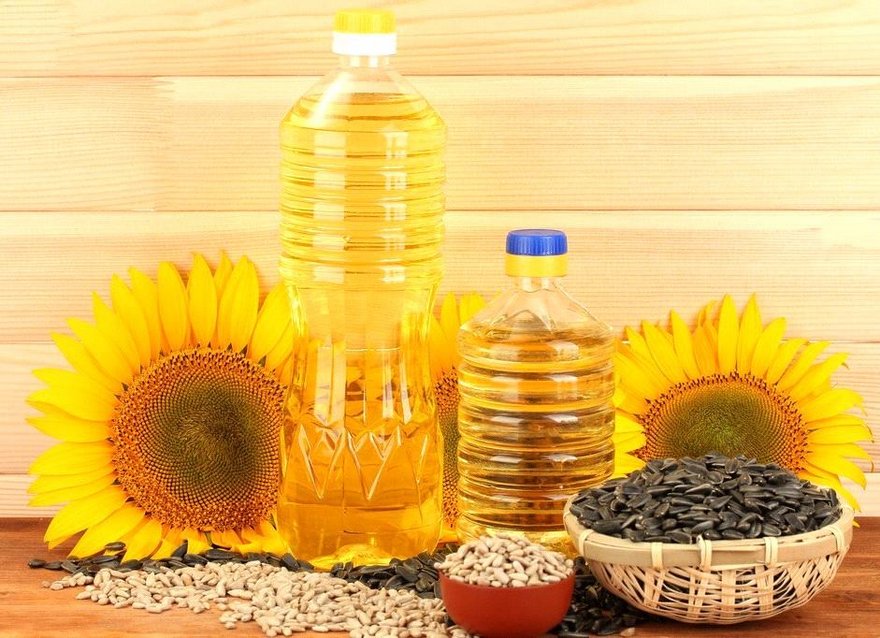
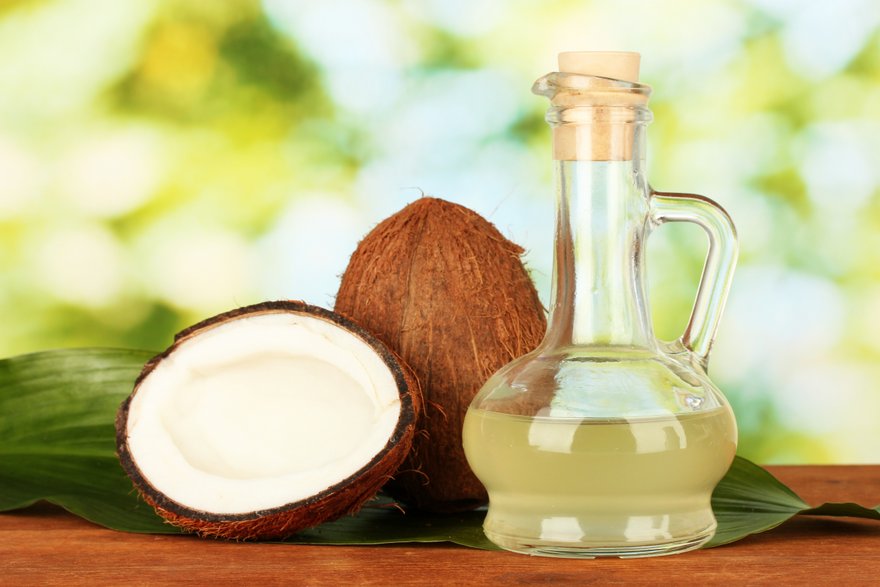
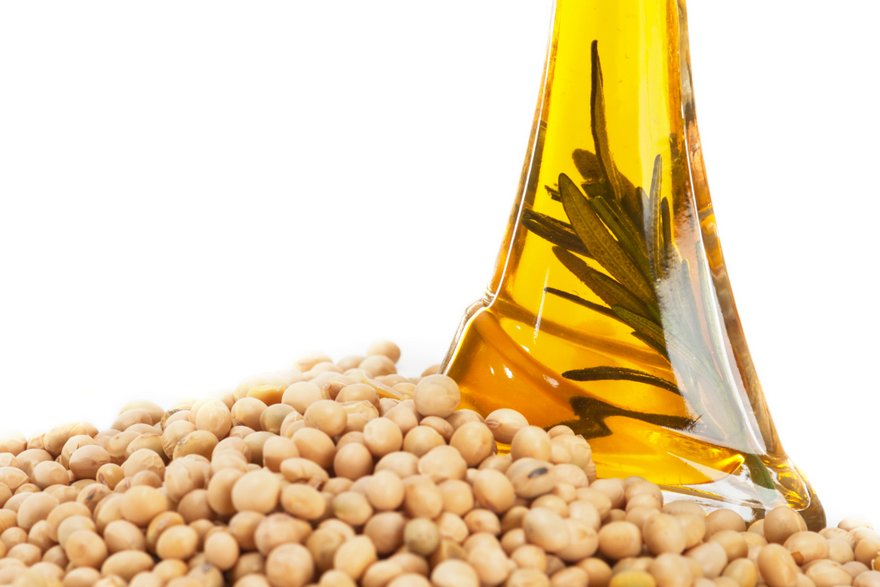

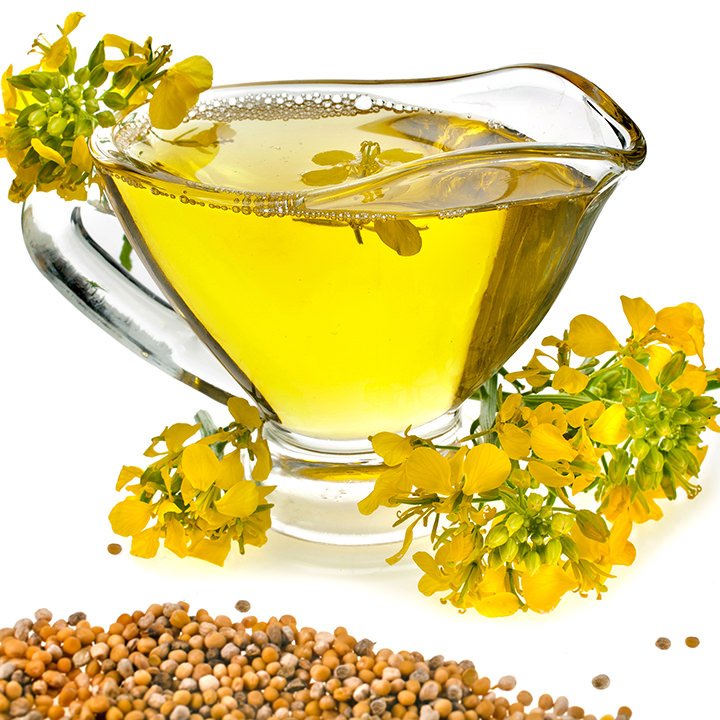

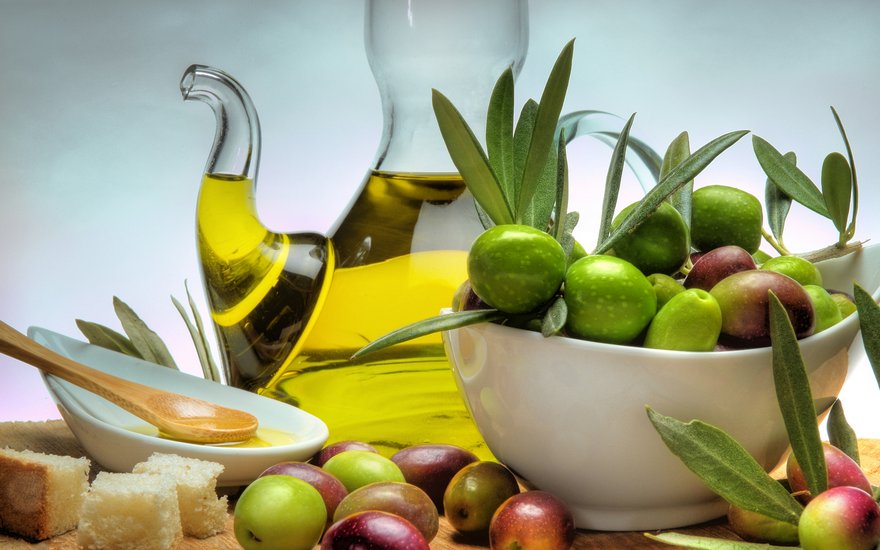
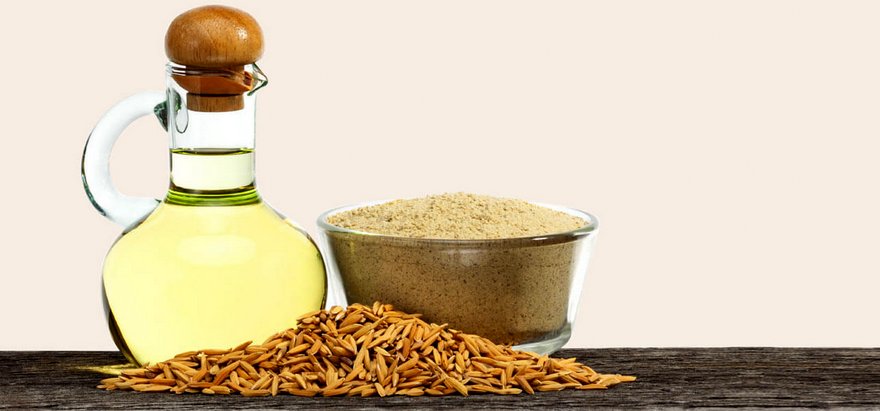
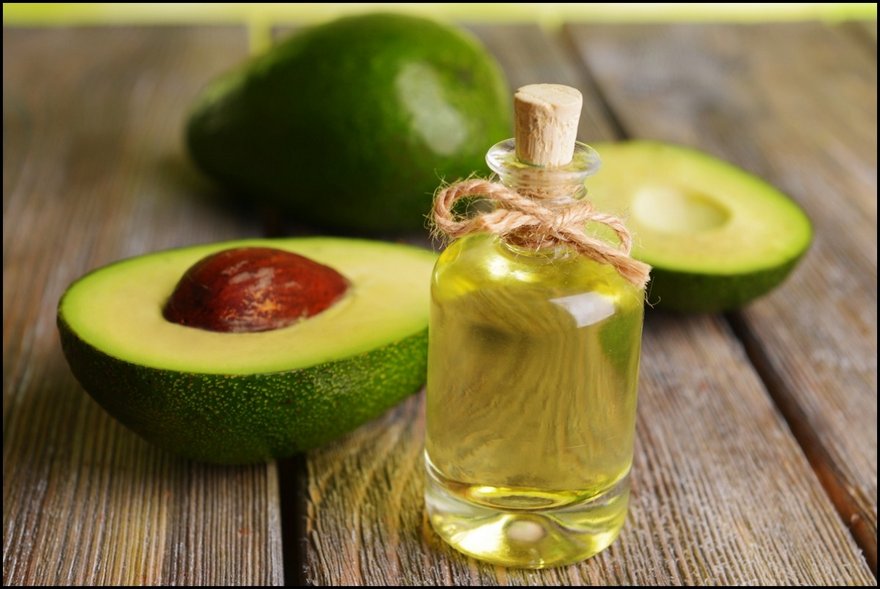
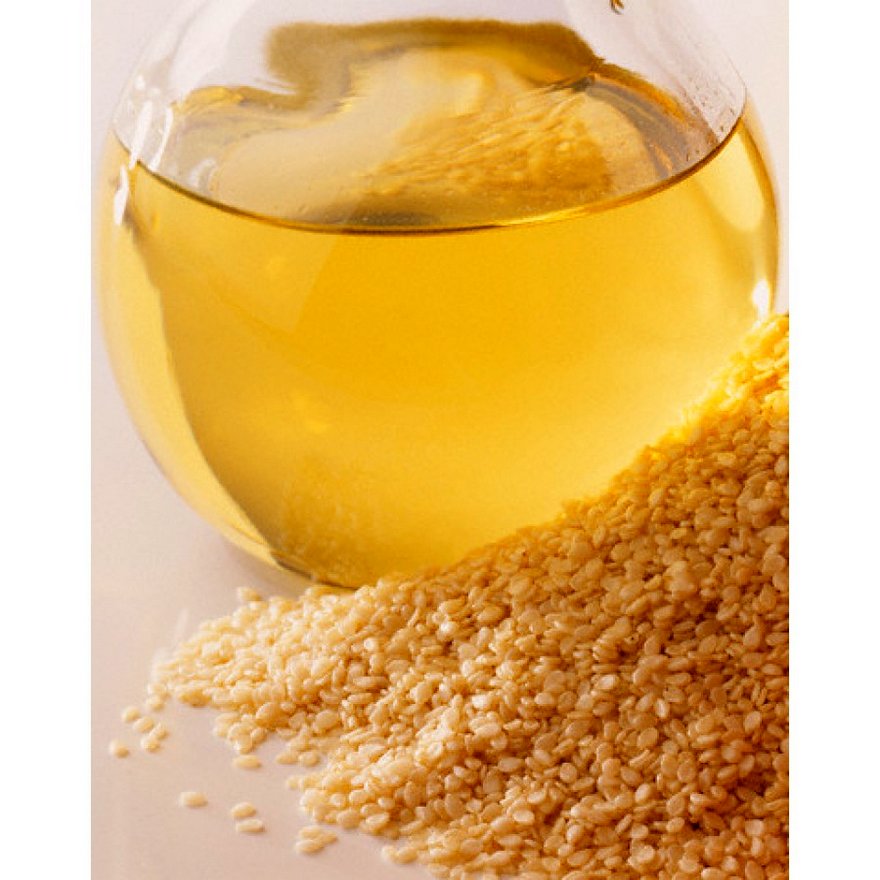
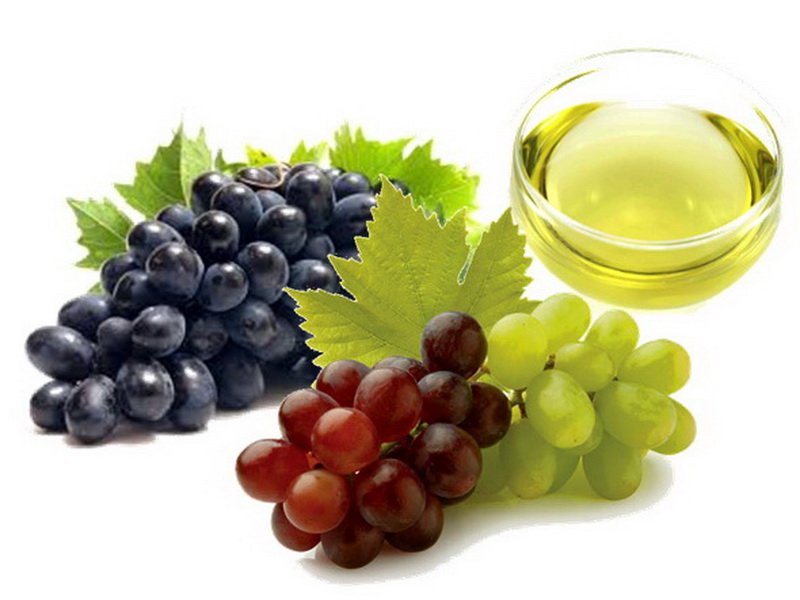
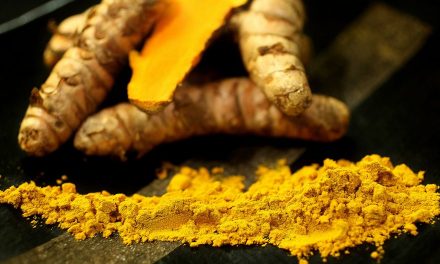

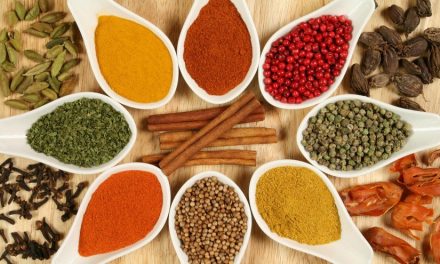





It seems you are outdated in your information about oils.
Coconut oil is now regarded as most helpful and beneficial oil around world. Off course one oil may not suit every one and region, geography, tradition all play major role.
Sunflower oil is the most worst oil to consume according to Ayurveda. Read Charaka Samhita
Good article. I could not go beyond certain areas because of her reference style. She neglected mentioning Tamilnadu and the oil that’s use there, I don’t know for what reason. Majority of siddhas have come from Tamilnadu and thus Ayurveda and related health styles.
I was wondering wh
What do you suggest for a normal healthy middle class family keeping in mind the financial implications.
Superb article…many thanks…but, the following may make some of us to think twice before using canola oil:Organic canola oil; Is that an oxymoron? by S. D. Wells
…how does canola fly under the radar and gain that organic seal when it comes from rapeseed? Did you know that bio-diesel is also derived from rapeseed? Rape is actually a weed and even insects won’t eat it, so why are millions of people eating canola every day whether it’s organic or not? Is “organic canola” really inorganic? Let’s figure this whole thing out…
http://www.naturalnews.com/042054_organic_canola_oil_oxymoron_rapeseed.html
Great article, needs one correction. There is no such thing as canola plant. Canola oil is the oil extracted from Genetically Modified Rapeseed. A cardiologist said it is the best oil for heart. But Dr. Mercola and others are against the use of it as they are of the opinion that all genetically modified products are bad – as they are not natural.
Canola oil and sunflower oil are not good. Please do some research before posting this. The only oils that are good are unrefined traditional oils such as peanut oil, mustard oil, sesame oil and coconut oil for cooking. Olive oil has low smoking point so it is not ideal for indian cooking.
Dears, can you tell us the scientific name of Canola plant ?
And it´s not good oil.
So sorry that you spread such wrong info …Hope you take your responsibility and write another artikel ,after doing research about it!
You have forgotten to mention castor oil, which has a lot of good uses. Vasant Gowarikar at ISRO proposed a plan to use this oil for our diesel trains, after the oil is refined and processed.
When we were young my parents used it once a month internally for cleansing our bodies. It will clean the entire digestive system starting from the stomach leading to and including the appendix. I do not understand why people do not use it now.
YOU HAVE GIVEN THE PLUS AND MINUS OF VARIOUS OILS BUT NOT TOLD WHICH ONE IS GOOD AND SHOULD USE. WHEN YOU TELL ABOUT THE GOOD AND BAD YOU SHOULD SUGGEST PEOPLE WHAT IS THE BEST TO USE IN ROUTINE WHICH IS VERY IMPORTANT.
Recently you had published another article that had praised Coconut Oil as the best oil with no LDL and it increases HDL. This article however says Coconut Oil raises LDL also. There is an apparent contradiction. What is to be considered correct?
Dear Friends:
It may be music to the ears to hear about Canola, Olive, Virgin Olive … and many other oils which are yet to be discovered outside our Bharat.
Even inside the country — have you ever thought of why different regions have predominant use of one oil. For example — ground nut in AP,MH etc; Sesame in TN, Coconut in Kerala, Mustard in Punjab, WB; And also guess why all seeds donot grow in every state.
The same is the case with all vegetables too.
The “Nature” has adapted our bodies and the seeds too — to suit the climate and the “food-stuff” that grows there and also the “food-habits”. If this principle is not understood, it will be like wearing a woollen suit in the desert or wearing a cotton shirt in Antarctica.
It has become “socially fashionable” to share recipes with olive oil, canola oil, broccoli, zuchini etc!!
May the good God save you all!!!!
==========================
About LDL,HDL,Proteins, Carbohydates, Minerals etc!! There is a sensor at the input side of the body –the “tongue-sensor”. “Eat” if you are sure the stomach is going to accept; After that if the “stomach-sensor” reacts — next time, be careful.
If it is not-at-all acceptable — your whole body will react. If you still ignore these signs – then use your mediclaim or Life Insurance.
Indian cookery recipes have ingredients — which makes the product — a food as well as a medicine.
Indians still marry after checking “horsocopes”, not the DNA! Indians still eat, having full faith in their tongue , stomach and the body (and grand-mothers too); and don’t think of subjecting their spouses’ cooking to a chemical / nutrition analysis.
=========================
Remember the old saying: One man’s food can be another man’s poison. (Give lots of sweets to a chronic daibetic!)
SUN FLOWER OIL IS GRATE IN HALTH
I was told sunflower was the best, good lord I have been using this for donkeys years, what exactly is going on.
Article is good and informative. People may use as per their choice and body needs. If they wish they may take guidance from the doctor.
However best oil is only as per regional and environmental requirements.
For southern part of india, most of the people use cocunut oil as it is resdily available and people have the same fruit in their own household.
In north part of the country mustard is available in plenty. In gujarat and maharasta groundnut is easily available.
How a poor man can afford sunflower or olive oil. He has to spend upon the oil available at cheaper price.
The article serves a good purpose to educate people.
Possible scientific explanation of oil pulling healing benefit.
In connection with the healthy cooking oil.
After nearly 50 years of my clinical observations (from 1966) of human parasitosis caused by Trichomonas genus with its three species, including its parasitemia and its involvement in the chronic human disease by the immunity erosion (see the above website), I can offer a fascinating simple explanation regarding the sesame oil pulling healing benefit.
Once these parasites in digestive tract adjusted to the high-quality food, they are attracted to oil supply mixed with saliva in the mouth, where they can be carefully disposed from the body, completing the purification. Early in the morning, hungry vital parasites detach from the infetion focus on the organ affected, responding to chemical signal of the attractive food presence. Then they get thrown into circulation to reach salivary glands, eventually greedily accepting the offered bait.